Ertach Kernow - Climate aids Cornish farming
Cornwall’s climate is one of its great advantages especially for those of us fortunate enough to live here permanently. This past few weeks has not seen the best of summer weather, but perhaps we should be thankful that the reservoir water levels are reducing at a slower level than previously. July has seen the most monthly rainfall since February with about 10 centimetres and although days of rain have been about average more have been overcast. Where Cornwall benefits is its relatively warmer winter weather, good for our farming industry. With farming, fishing and forestry still Cornwall’s largest economic driver, perhaps moderate climate change can create some future benefits in Cornish food production.
Looking back to prehistoric times evidence of habitation on the higher parts of Bodmin moor confirm climate change has visited Cornwall before. When the weather changed for the worse our Cornish ancestors were forced to move to lower ground leaving their houses and field systems, the remains of which can be still seen today. Many ancient Cornish Stone Hedges still exist as part of todays farming life and provide some shelter from wind and rain for animals in these smaller fields.
The author Daphnie du Maurier wrote back in the 1960’s ‘Primroses found on a morning in January, daffodils blooming before St. Valentine's Day, camellias and rhododendron coming into bud and bloom in early February are consolation but not altogether compensation for the summer basking we too often miss. Anti-cyclones pass us by. Depressions seek us out. The prevailing wind of Cornwall, sou'westerly, damp and in essence mild, is the cause of all our grumbles, but without it Cornwall would lose its character and become a barren and bitter land.’
Cornwall’s soils have improved over the past centuries with vast quantities of sea sand, seaweed and other organic material added, this was then referred to as manure. Transportation of manure was the basis of new infrastructure and industry as far back as the 18th century. There were a number of people interested in canal building in Cornwall from the late 1800’s, besides those who wanted to transport mineral ore such as J T Treffry. He had considered joining the rivers Camel and Fowey with a canal to allow movement from his south coast mines through to shipping wharves at Wadebridge and Padstow. There was the failed Edyvean Canal between Lusty Glaze at Newquay and Mawgan Porth, only partially completed, being built to transport sea sand and seaweed to farms. Entrepreneurs at Tresillian were speculating on constructing a railway to transport manure via the river, then inland to the farming areas of Cornwall. One of the imports into Newquay and elsewhere in Cornwall were supplies of guano. This became an important fertiliser during the 19th century before manufacture of synthetic fertilisers began in Germany in 1913. Both bird and bat guano were excavated and the benefits of this, helping escalate its popular use, was shared by Humphry Davy the famous Cornish chemist in his bestselling book ‘Elements of Agricultural Chemistry’ published in 1813. This included the beneficial role of nitrogenous manure as a fertiliser and Cornish landowners were on the whole supportive of these activities, which in turn would increase farmers yields allowing them to charge more rents.
It’s often amusing to hear people from cities and towns in England complain about farming smells, especially when they’ve just bought a second house close to a farm. Sorry folks the smell comes with the beautiful countryside views. Enjoy. Slurry formed from animal manure and water and spread on the fields contains many nutrients beneficial to the soil and encourages grass to grow all year round in Cornwall’s mild climate. Although not necessarily beneficial to wild plants slurry spreading by machine has helped improve soil quality for crops as well as grass. This is turn allows quality local milk production used by a number of Cornish clotted cream, ice cream and cheese producers, a great addition to the Cornish economy and brand Cornwall. Cornish clotted cream is well-known and appreciated throughout Britain and even mentioned by Celia Fiennes during her visit to St Austell in 1698. When served with apple pie and cream she wrote; ‘they scald their Creame and milk in most parts of those Countrys and so its a sort of Clouted Creame as we Call it, with a Little sugar and soe put on ye top of ye apple Pye.’ Looks as if she enjoyed it very much. With locally made Cornish ice cream now very popular, certain makers promote their products by emphasising that they use clotted cream and the use of locally sourced soft fruit. More recently a range of Cornish artisan cheeses are making their mark in farmers markets and even national supermarket chains. Cornish Yarg is probably one of the most well-known, very tasty, but others include Cornish made brie, blue and camembert. The largest mass-produced cheese is probably the Cathedral brand manufactured at Davidstow. You might find a liking for ‘Little Stinky’ if you can get past the name. Locally produced live natural yoghurts are now coming to the fore and often sold in local shops close to farms such as Treen Farm near Penzance. Production of these foods has evolved from Cornwall’s climate allowing a long and lush grass growing season. There is increased interest in establishing natural flower and grass meadows as they were in past centuries, said to create better quality milk than from cows fed on grain.
A new farming related industry has grown up over the past forty-five years since the first Cornish vineyard. There are now eight of these with Polmassick Vineyard at St Ewe claiming to be Cornwall’s oldest first planting vines in 1978. These vineyards now produce a wide range of white, red and rose wines both sparkling and still. Vineyards and wine making may be a new Cornish farm related industry that is perhaps benefiting from climate change, but cider making is very historic. Many would have heard of the wassailing tradition of blessing the apple orchards that goes back centuries, a tradition still taking place throughout Cornwall. Recorded during Anglo-Saxon times the alcoholic beverages of that time were ealu (ale), medu (mead), win (wine), and beor which is believed by some academics to refer to a cider type of drink. Since 1990 Cornwall Council Orchard Group has supported establishment of traditional orchards growing local varieties. The success of the Cornwall Orchard Project in restoration and encouraging new orchards with Cornish varieties has stimulated the cider making industry and created some new and economically important brands. Warmer winters here in Cornwall are a benefit to orchards especially those sheltered and where frost is less prevalent. During cold snaps in spring when trees are budding small bonfires or flaming torches would be lit around the orchards to raise the temperatures slightly creating a warm air current around the trees.
Continuing on the booze theme, Cornwall has recently seen the growth of other artisan drink such as gin. Whilst researching this article I must admit to being gob smacked by the incredible choices of gins being distilled here in Cornwall. By my count there are approaching nearly 100 varieties on one website alone, no doubt many more are available. Incredibly I noticed that some included clotted cream in their production. Now that is something very special, it is apparently smooth and velvety rich. Many gins include seaweed and of course there are a number of Cornish rums also using a range of locally sourced ingredients whose growth is enhanced due to the Cornish climate.
There is little doubt we now in the throes of climate change with perhaps even less reliable weather. The warming climate should in the short to medium term benefit Cornish farming and production of higher value crops, fruit and vegetables. Warm damp conditions allowing grass to grow throughout the year will encourage new types of animal farming such as llama’s and alpaca’s, more for tourists interests at the moment but soon perhaps for their premium wool and meat. The growth in high value food and drink, based on raw produce supplied by Cornish farmers, when added the to the already substantial farming, fishing and forestry industries will prove economically important for Cornwall’s future. Creation of new jobs in farming and production of farm related foods harkens back to the days when a large percentage of the population was employed on the land. Today with high tech machinery taking away much of the drudgery and slog many more well-paid jobs are possible, including local building and maintenance of equipment and infrastructure.
Looking at the poor weather over the past month, during what is historically Cornwall’s peak tourist season, one must wonder if mass tourism can continue with so little to offer families on rainy days in our main tourist towns. Now the pandemic is over foreign travel with almost guaranteed sunshine will be more than tempting. Cornwall must put its advantageous of mild winters and quality farmland to best use. For tourism, expansion of indoor cultural and heritage venues to lengthen its season and encouragement through warmer winter weather for discerning quality visitors will help balance and grow the Cornish economy.
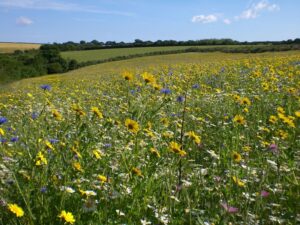
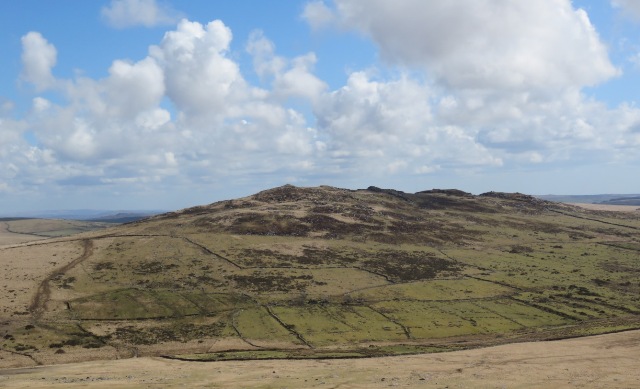
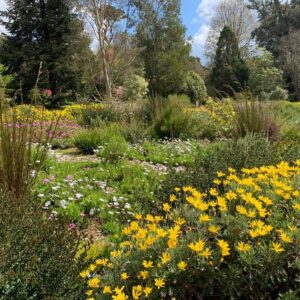
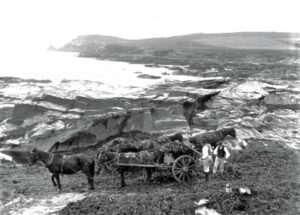
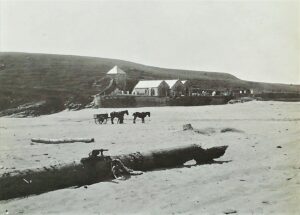
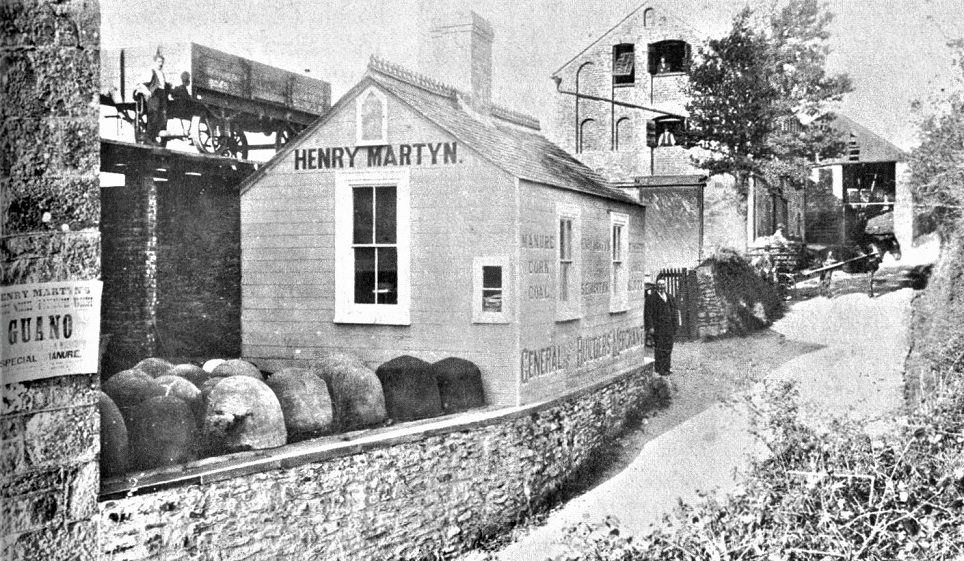
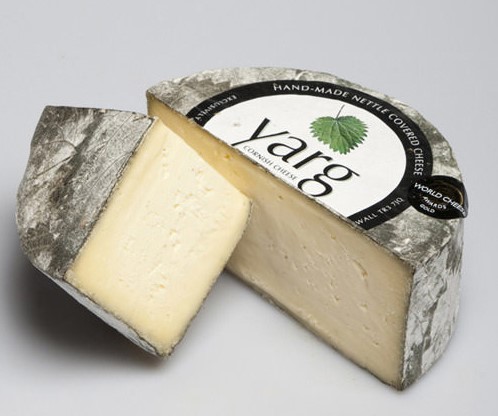
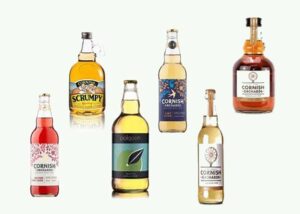
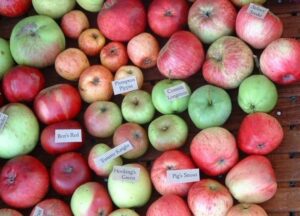
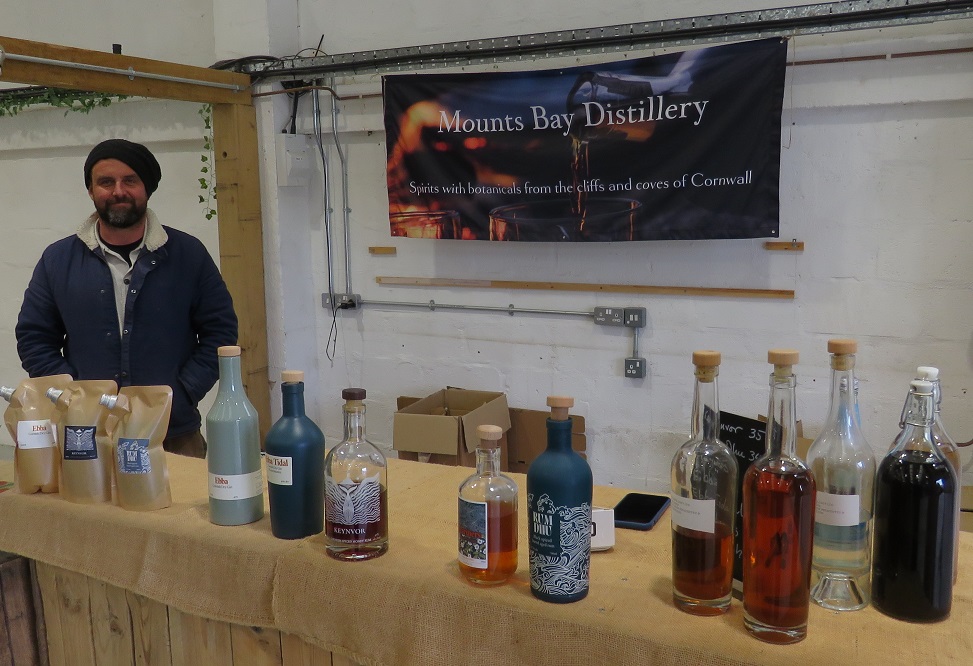
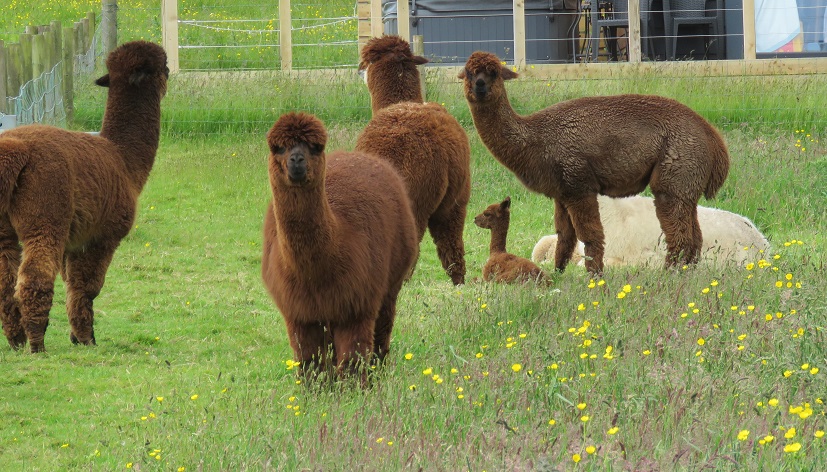
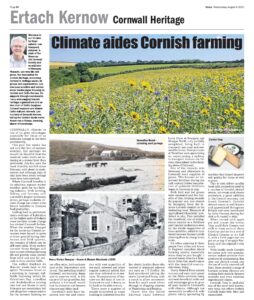
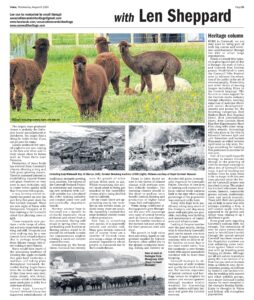
![[163] Ertach Kernow Heritage Column - 9th August 2023 - Film Festival, Forest for Cornwall, Cornish Chough Ertach Kernow Heritage Column - 9th August 2023 - Film Festival, Forest for Cornwall, Cornish Chough](https://www.cornwallheritage.com/wp-content/uploads/2023/08/163-Ertach-Kernow-Heritage-Column-9th-August-2023-Film-Festival-Forest-for-Cornwall-Cornish-Chough-295x300.jpg)